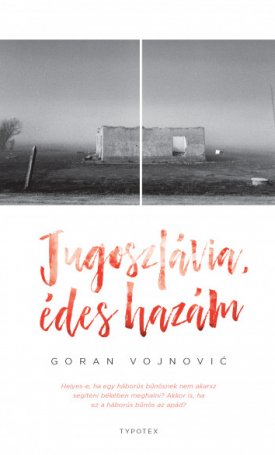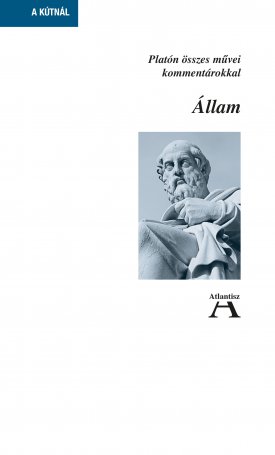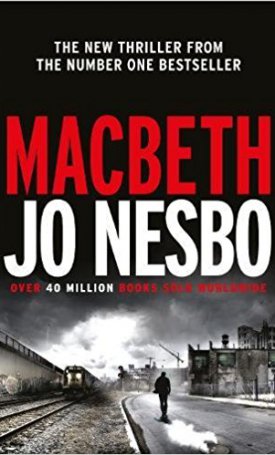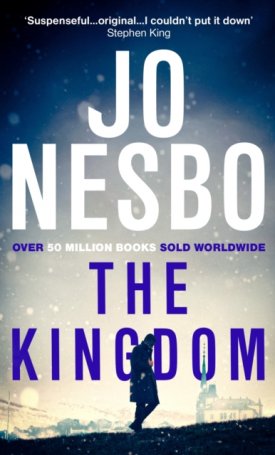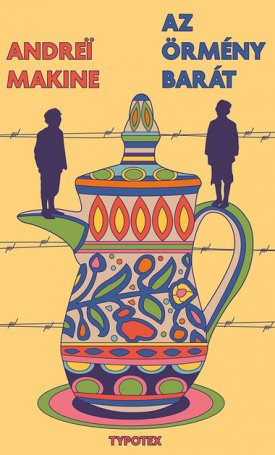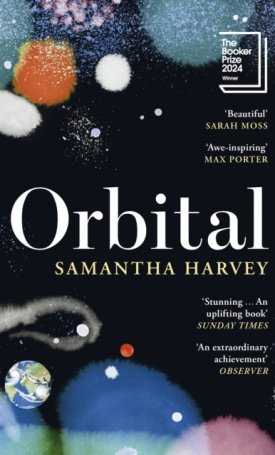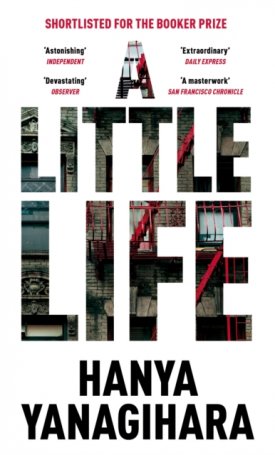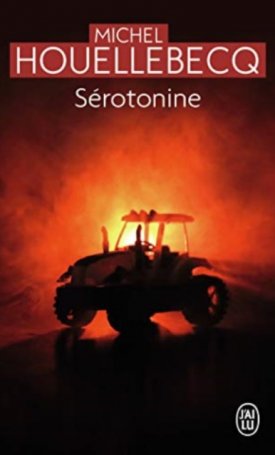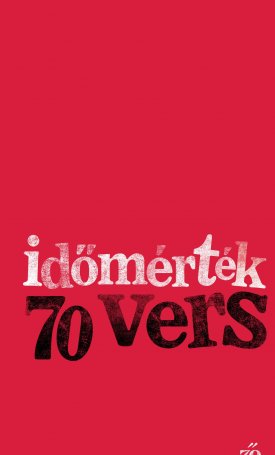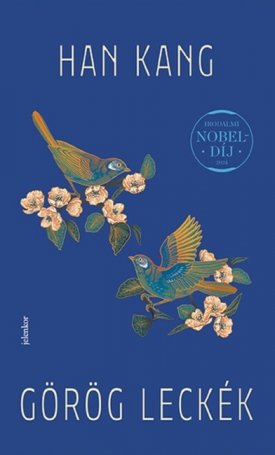Macbeth
Macbeth
ISBN: 9780099598060
Nyelv: angol
Méret: 22,8
Oldalszám: 611
Megjelenés éve: 0
Jo Nesbo sets his retelling of Shakespeare’s blood-drenched tragedy about a power-hungry couple in a grim, unnamed Scottish town that’s fallen on hard times. Although the time is specified as the 1970s – 25 years after the end of the Second World War, tendrils of both allegiances and betrayals from which still clutch at those left – there are few other details to date the scene, and the overall ambiance is distinctly dystopian. The town is plagued by unemployment – its factories now abandoned, its once magnificent railway now disused – and drug use had skyrocketed.
Enter Macbeth, fashioned in the image of the now immediately recognisable policeman teetering just on the right side of the law, battling demons in the style of Nesbo’s famous detective anti-hero Harry Hole. He’s an abused orphan and ex-drug-addict-turned-head of swat and a dab hand with a blade. The partner who spurs him on in his dark deeds in this version is Lady, the beautiful and seductive owner of the town’s casino, Macbeth’s “beloved dominatrix”; a woman with plenty of skeletons in her own closet, many of which, as we’re well aware, will soon return to haunt her.
